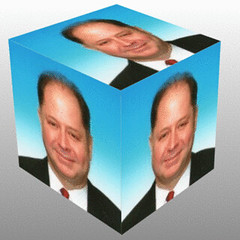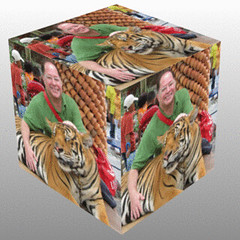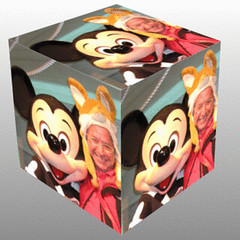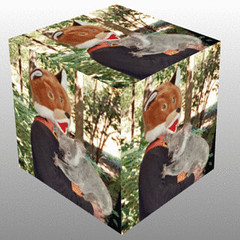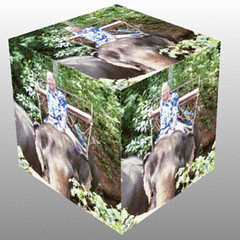
Four older women, all Chinese immigrants living in San Francisco, meet
regularly to play mahjong, eat, and tell stories. Each of these women has an
adult Chinese-American daughter. The film reveals the hidden pasts of the older
women and explores cultural conflict and the relationships between mothers and
daughters. The film is structured as a series of vignettes told from the
perspectives of the different women.
1) Suyuan Woo,
2) Jing-Mei ‘June’ Woo, 3) Waverly Jong,
4) Lindo, 5) Ying Ying, 6) Lena St. Clair, 7) An Mei, 8) Rose
From Wikipedia: Core measurements to immigrant
assimilation
Researchers have assessed that assimilation exists among immigrants because
we can measure assimilation on four primary benchmarks. These core measurable aspects of immigrant assimilation that were formulated to study European immigrants to the United States are still the starting points for understanding current immigrant assimilation. These measurable aspects of assimilation are socioeconomic status, spatial concentration, language attainment, and intermarriage. The student should be able to explain the words in bold.
1) Socioeconomic Status (SES) is defined by educational
attainment, occupation, and income. By measuring socioeconomic status researchers want to find out if immigrants eventually catch up to native-born
people in terms of human capital characteristics.
2) Spatial Concentration is defined by
geography or residential patterns.
The spatial residential model (based on theories of Park) proposed by Massey
states that increasing socioeconomic attainment, longer residence in the U.S,
and higher generational status lead to decreasing residential concentration for
a particular ethnic group.
3) Language Attainment is defined as the
ability to speak English and the loss of the individual’s mother tongue. The three-generation model of language assimilation
states that the first generation makes some progress in language assimilation
but remains dominant in their native
tongue, the second generation is bilingual,
and the third-generation speaks only English.
4) Intermarriage is defined by race or ethnicity and occasionally by generation. High rates of intermarriage are considered to be an indication of social integration because it reveals intimate and profound relations between people of different groups, intermarriage reduces the ability of families to pass on to their children a consistent ethnic culture and thus is an agent of assimilation. Intermarriage came under particular scrutiny by the Jewish community in the early-mid 20th century as Jewish leaders more and more often turned to social scientists to explain why Judaism was a typically endogamic religion. Although intermarriage was viewed as a firm base from which to begin an argument for assimilation, it was also seen as a way to gradually ease the transition into their new culture. Julius Draschler, a graduate student at Columbia University, believed that as long as people are allowed to maintain some differences, such as the Jewish practice of marrying only another Jew, they will delay the inevitable while simultaneously enriching the nation in the process of their slow assimilation. While Draschler acknowledged that
assimilation was the ultimate endpoint for all American groups, he hoped to
prove through his intermarriage studies that, the more gradual the process, the
better. Such need to justify (or vilify) the intermarriage practice became
increasingly important after the 1950s as Jews (as well as other typically
endogamic cultures, such as African-Americans) began to engage in more exogamic relationships.
Table of Main Characters – Story
| Character | What is the story of this particular character? |
| 1) Suyuan Woo | |
| 2) Jing-Mei ‘June’ Woo | |
| 3) Waverly Jong | |
| 4) Lindo | |
| 5) Ying Ying | |
| 6) Lena St. Clair | |
| 7) An Mei | |
| 8) Rose |
Table of Main Characters – Assimilation
| Character | Has the character acculturated or assimilated? Explain in terms of 1) SES, 2) Spatial Concentration, 3)Language Attainment, 4) Intermarriage |
| 1) Suyuan Woo | |
| 2) Jing-Mei ‘June’ Woo | |
| 3) Waverly Jong | |
| 4) Lindo | |
| 5) Ying Ying | |
| 6) Lena St. Clair | |
| 7) An Mei | |
| 8) Rose |
WereVerse Universe Baby!

